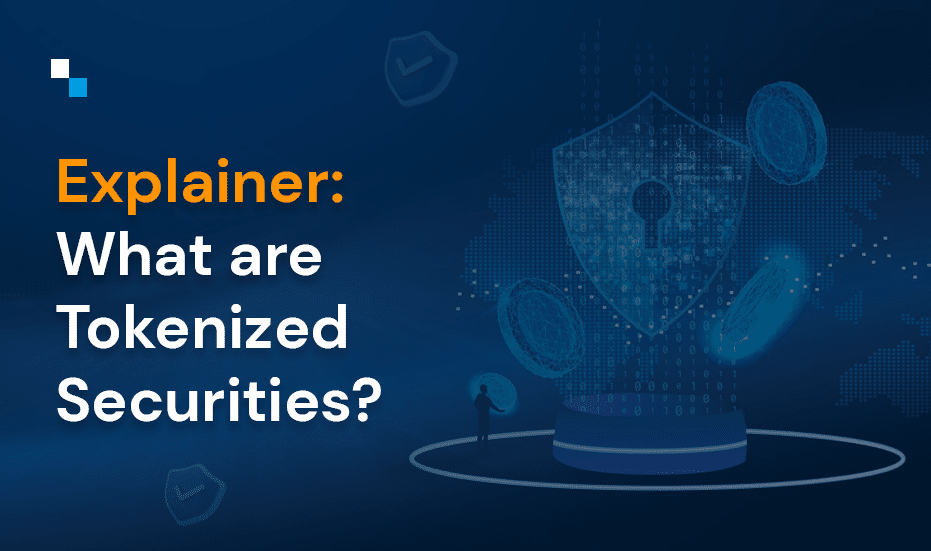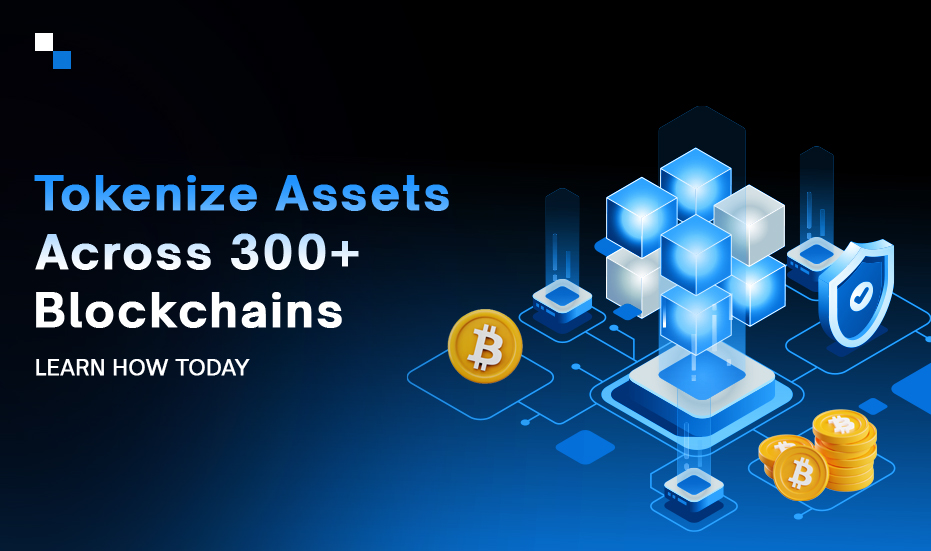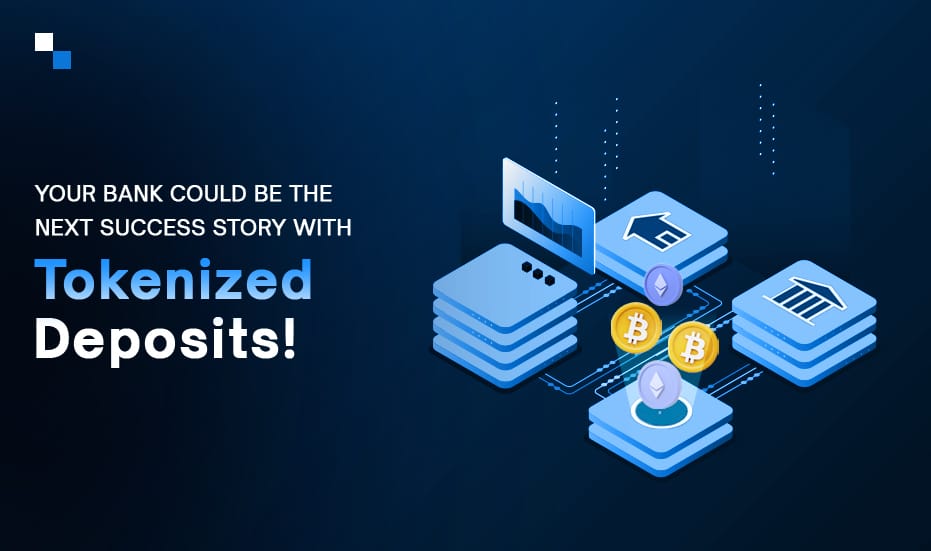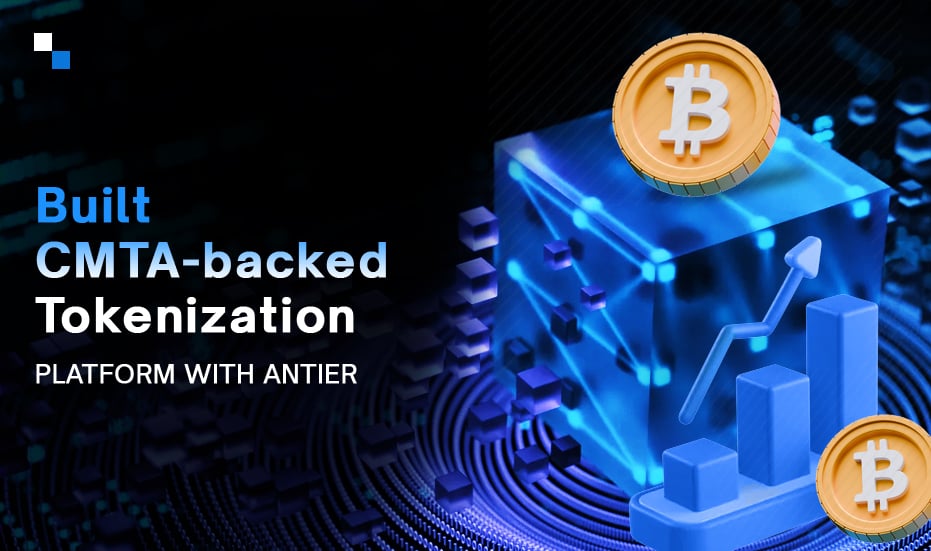Table of Contents:
The unbridled growth of blockchain has been the core of discussions in recent years. Its unprecedented industrial adoption especially through asset tokenization has sparked an interest in the technology’s potential for creating new opportunities.
With the emergence of blockchain-based innovations such as tokenized securities, the financial sector is experiencing a paradigm shift in the way assets are traded, managed, and regulated. As per the World Economic Forum report, by 2027, 10% of global GDP would be driven by blockchain.
As such, understanding tokenization of securities has become increasingly crucial for investors and businesses looking to stay ahead of the curve and navigate the rapidly evolving landscape of modern finance.
Ahead in this blog, we’ll be discussing the impact of tokenized securities and their future ahead.
What are tokenized securities?
Tokenized securities refer to the process of converting ownership rights to an asset into a digital token that is registered on a blockchain. It can represent various types of financial assets, including equity, bonds, investment funds, and even ownership in illiquid assets such as real estate or fine art.
Tokenized securities can be easily traded on blockchains, which reduces the barriers of entry into the markets. This means that investors can buy and sell tokens representing ownership in assets without having to go through the traditional intermediaries involved in the issuance and trading of securities, such as banks, brokerages, and clearinghouses.
Another advantage of tokenized securities is that they can offer greater transparency and efficiency in the issuance and trading process. By recording ownership of assets on a blockchain, tokenized securities enable real-time settlement and eliminate the need for intermediaries such as central securities depositories (CSDs). This can reduce costs and processing times, making it easier and more accessible for investors to participate in the securities markets.
Moreover, tokenized securities can be fractionalized, which means that investors can buy and sell small portions of ownership in an asset, enabling greater diversification and access to new investment opportunities.
This can democratize access to investment opportunities and increase liquidity in traditionally illiquid markets. However, there’s an increasing confusion between tokenized securities and security tokens. While both are deeply related, they are still different.

Difference between Security Tokens and Tokenization of Securities
Security tokens are digital assets that are issued and traded on a blockchain, representing ownership of a real-world asset like equity, debt, or real estate. These tokens are governed by securities laws and regulations and provide investors with the benefits of transparency, liquidity, and fractional ownership of traditional assets. We have explained real estate tokenization at length in this insightful post.
Tokenization of securities, on the other hand, refers to the process of converting conventional securities like stocks or bonds into digital tokens that can be traded on a blockchain. This allows the benefits of blockchain to be applied to traditional securities, such as increased efficiency, reduced costs, and greater accessibility.
Both concepts are transforming the way assets are traded and managed and are gaining popularity in the world of finance and blockchain.
What are the benefits of Tokenization Securities?
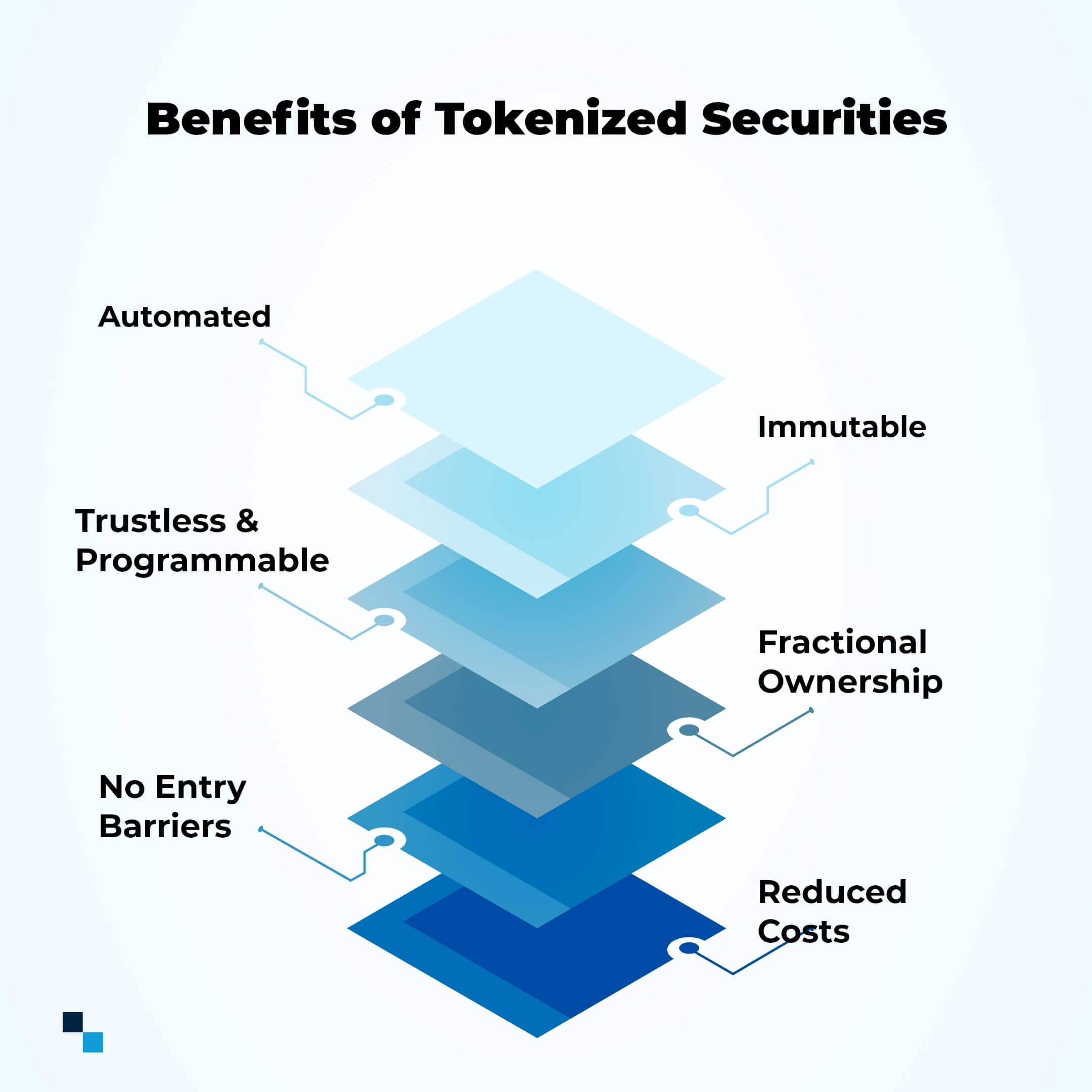
Here’s a quick run through the key benefits of tokenized securities.
1. Trustless, Transparent, and Programmable
Security tokenization offers trustlessness, transparency, and programmability. These features make them transferrable, tradeable, and traceable more efficiently than the asset they represent. Additionally, they can be programmed to serve a wider range of purposes than a typical company stock.
2. Fractional Ownership
Enables investors to purchase small fractions of assets that were previously difficult to access due to high minimum investment requirements. This democratizes the investment process, allowing a wider range of investors to participate in investment opportunities previously limited to high-net-worth individuals and institutional investors.
3. Reduced Costs and Fees
Tokenized security offering implements smart contracts that further automate the entire landscape, thereby eliminating intermediaries, such as brokers, clearing houses, and custodians. This can significantly reduce the fees associated with these intermediaries, resulting in cost savings for both issuers and investors.
Additionally, the fractional ownership enables smaller transactions, reducing transaction fees and making investing more accessible and affordable to a wider range of investors.
4. Eliminates Entry Barriers
Tokenization breaks down traditional investment barriers by allowing investors to purchase fractional portions of an underlying asset, promoting economic growth. With established standards, tokenization can lead to improved liquidity, similar to the benefits seen with the growth of securitization.
5. Efficiency
Tokenized securities streamline and automate processes via smart contracts, with shared information, ensuring accurate, transparent, and immutable information. Functions carried out by middlemen can be automated via blockchain, simplifying communication between security issuers and investors.
6. Immutability Ensures Zero Tampering and Fraud
Blockchain-enabled tokenization guarantees the security of transactions and prevents any tampering, letting buyers track the token’s history, associated rights and obligations, and previous owners. Such transparency is particularly valuable for supply chain management, where traceability is crucial.
Asset Tokenization has the potential to democratize direct investment in expensive assets, like commercial real estate, and provide greater opportunities for underserved segments, such as emerging markets.
Ultimately, it can promote economic growth by breaking down traditional investment barriers and increasing accessibility to investments.
The Tokenization Difference – Securing Securities
Financial institutions currently use private databases with varying levels of access for users. Investors and regulators must trust these organizations as there’s no control mechanism ensuring data immutability. Here. blockchains add substantial value by providing an immutable record of ownership.
#1 Custody of tokenized securities
The safekeeping of securities is crucial to protect them against theft or loss, and custody services have traditionally been provided by large and reputable financial institutions, such as JP Morgan Chase and BNY Mellon, due to the high value of the assets they hold.
Custodians not only offer safekeeping services, but also transaction settlements, dividend and interest payments, tax support, and foreign exchange. However, these services often come with hefty fees in addition to costly custodial fees.
#2 Issuance of tokenized securities
Traditional security issuance involves multiple parties, resulting in a time lag, added costs, and central power. Digital asset tokenization for securities, coupled with stablecoins, eliminates unnecessary complexities and enables instant, automatic settlement through token swaps. This results in faster issuance and significant cost reduction.
Tokenized securities provide global transferability and access to an international investor base. Real-time settlement eliminates settlement risk, providing increased security for all parties.
#3 Settlement and payments in the tokenized securities context
On-chain payments are crucial for tokenized assets, enabling instant delivery vs payment (DvP) transactions that eliminate counterparty risk. Completing payments on the ledger ensures prompt asset delivery, saving time and reducing costs. It also minimizes the risk of non-payment, benefiting both the asset issuer and investor. Securities investments require money transactions for settlement and other payments, like interest payouts.

What is the future of Tokenized Securities?
By 2030, tokenization of securities and other RWAs has the potential to disrupt traditional transaction methods of various asset classes and create new ones, making them more accessible to a wider range of investors, especially in underserved markets.
However, this transition will require significant investments in technology and regulatory changes, leading to necessary hurdles. While some intermediaries may be replaced, new service providers will likely emerge to manage the risks associated with this evolution.
As per BCG’s report, estimates that asset tokenization will reach $16 trillion by 2030, or 10% of global GDP.
In fact, Europe is predicted to experience an STO boom in the next five years, with a market volume of over €918 billion by 2026, according to PlutoNeo and Tangany’s research.
What Will Happen Next?
First things first, the accelerated adoption of tokenized securities won’t happen overnight.
Although the recent downturn in the crypto market and the default of some protocols and players have affected short-term activity levels and perceptions, they have not impacted the prospects of tokenization by 2030.
- Tokenization may lead to the disappearance or reduction of some intermediaries, while new ones may emerge. For example, a central counterparty and custodian activities may not be required for tokenized bonds and equities. However, they would still have to provide regulatory approved platforms for KYC and AML obligations.
- By 2030, agents have a greater role in addressing the risks pertaining to connecting off and on chain worlds. This further hints at a rise in technological intelligence to build smarter advisory services
- Tokenized securities bring in more transparency in the price discovery mechanism. This may cause greater volatility in certain times.
- Additionally, it is important to note that tokenization does not, in any way, promise a totally isolated decentralized system. It will in fact, have to deliver as a part of a greater hybrid ecosystem. This is necessary to contain the impact of risks.
This further implies that investors and stakeholders must acknowledge the coexistence of intermediaries.
How to Start?
Here’s a quick run through the process involved in tokenization.
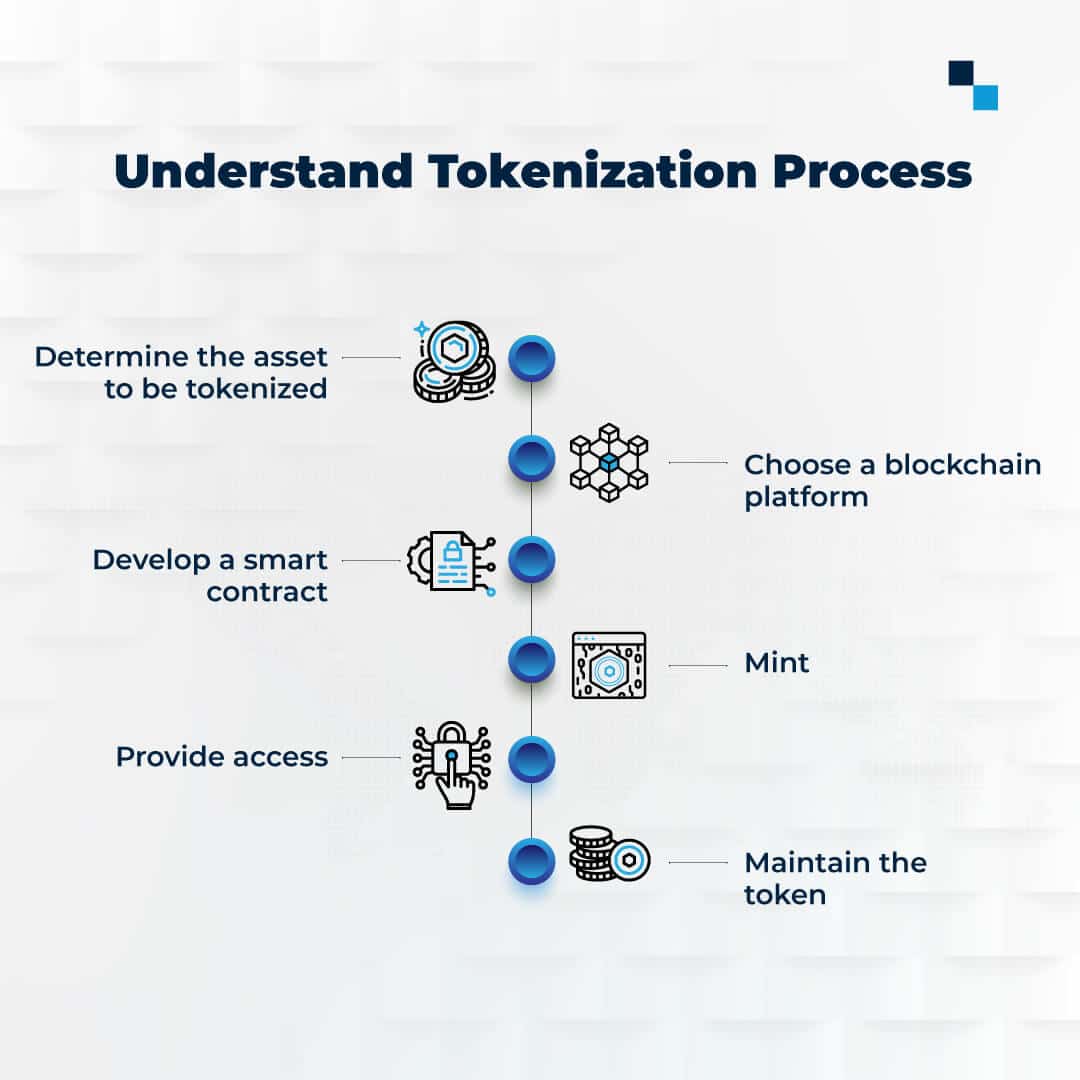
Going Forward
The future of security tokenization looks promising, with increasing adoption and recognition from the financial industry. The benefits of tokenization, such as increased efficiency, reduced costs, and greater accessibility, are becoming more apparent as more traditional assets are being tokenized.
As the market continues to mature, it is important for investors, regulators, and industry players to work together to ensure that the necessary frameworks and standards are put in place to support this innovative and rapidly evolving ecosystem.
